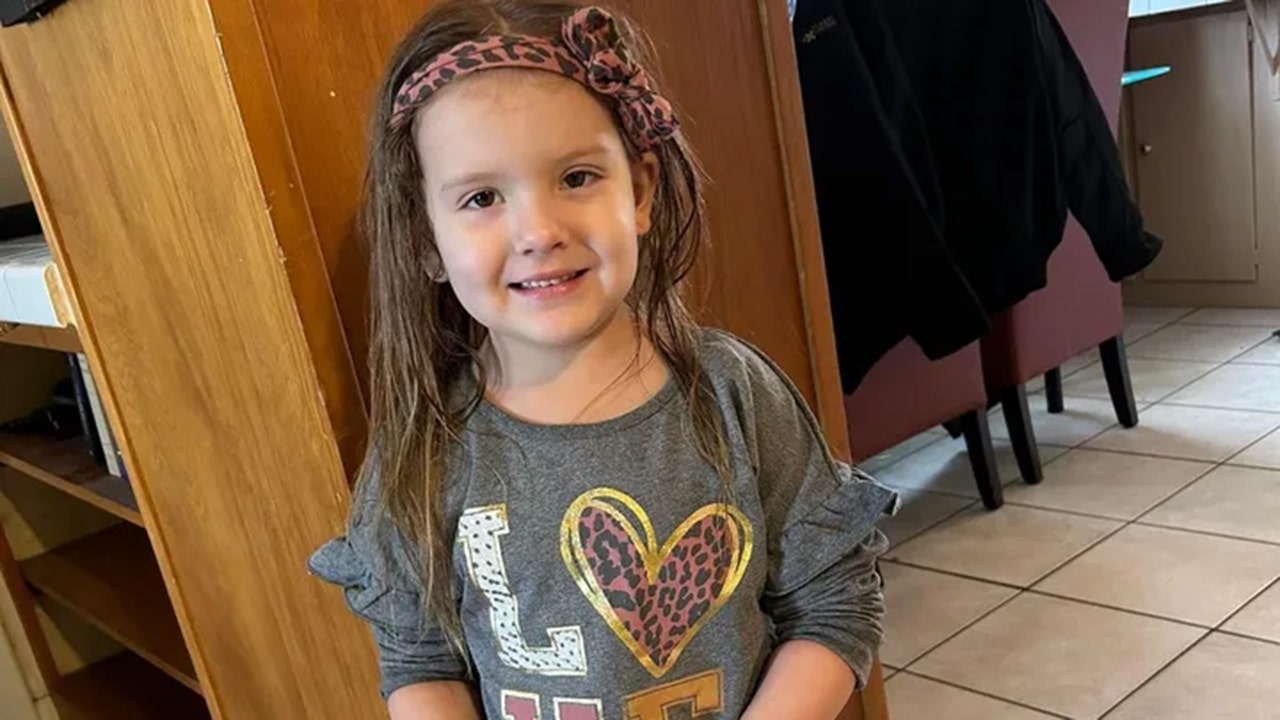For years now, I’ve had advocates who work with survivors of domestic violence tell me that two events in 1994 changed entirely the landscape for victims’ services in their field: the passage of the Violence Against Women Act and the murder of Nicole Brown Simpson.
In fact, many advocates cite her death in June of that year as instrumental in Congress’s prioritizing the passage of the Violence Against Women Act that September, which in turn authorized the creation of the National Domestic Violence Hotline. Indeed, hotlines sprang up in the wake of her murder, and some local newspapers ran columns with nearby resources for victims alongside their coverage of the O.J. Simpson trial. It was the first time many Americans were even made aware of the domestic violence services offered in their own backyards.
The Simpson trial, and the man at its center, have come to stand for many things in the decades since his acquittal: He was a symbol of the privileges of rich and famous men, a living embodiment of the unevenness of justice, a walking measure of America’s racial divide. Yet it’s worth taking a moment to remember the ways his case, even in light of the outcome, had profound and lasting consequences for domestic violence victims, for their advocates and for court systems.
Ms. Brown Simpson’s murder thrust onto the national stage the idea that even beauty, wealth and whiteness could not offer protection from an enraged and estranged spouse. Her murder, along with Ron Goldman’s — for a time, at least — shook an entire nation into some kind of recognition that domestic abuse crosses all bounds of race, class, sexual identity, ethnicity, age.
But if the murders brought a sudden shock of awareness of the problem, the trial also illustrated how hard it is for victims to obtain justice, even in the face of overwhelming evidence.
To many of us, the murders seemed an open-and-shut case of intimate partner homicide. There was Mr. Simpson’s past conviction for spousal abuse, the phone calls to the police, photographs of injuries, diary entries and years of him stalking her. There was DNA at the crime scene that matched his. She called a shelter in Santa Monica, Calif., just five days before her death.
And yet this was not enough. Not with the public power of someone like Mr. Simpson, a man who held even Los Angeles police officers, many of whom were invited to use his private pool and tennis courts, in thrall. One officer took dozens of his colleagues over for autographs in the years leading up to Ms. Brown Simpson’s death. Mr. Simpson, like all batterers, knew how to cultivate a public image that did not comport with his private conduct.
His defense team, perhaps brilliantly and certainly strategically, must have known they needed to sideline the domestic violence evidence. They did this by claiming there was rampant racism in the Los Angeles Police Department and that officers planted evidence during the investigation. This was, of course, the same department whose officers swam in Mr. Simpson’s pool and played tennis on his courts. Ms. Brown Simpson’s diaries, in which she detailed her ex-husband’s violent episodes, were successfully barred from being introduced as evidence, on the grounds that they were hearsay. It took a 1997 civil suit, which found Mr. Simpson liable for the deaths, for the families of Ms. Brown Simpson and Mr. Goldman to get any justice.
The response to this, for many, was a determination to improve the system for people like Ms. Brown Simpson. The case had an impact in California, in particular, broadening arrest authority for police officers on domestic violence calls, allowing more types of evidence to be used by prosecutors whether victims cooperated or not and creating training for members of law enforcement on domestic abuse and sexual assault.
It also helped pass legislation, like California Evidence Code Section 1370 — colloquially called the Nicole Brown Simpson hearsay exception — which allowed statements to be admitted as evidence into court even when the person who made them wasn’t available to testify. Though court rulings eventually limited the law’s scope, there remain exceptions to the hearsay rule, such as 911 calls, which can be admitted in court. Jaime Coulter, who was the assistant district attorney for Orange County for nearly 30 years, told me the Simpson trial was “like putting a match to gasoline. Everyone wanted a domestic violence prosecution unit.”
Time and distance have made clearer to me the reasons for the response from many in the Black community to Mr. Simpson’s acquittal in 1995, their joy that the system, such as it was, had finally worked in favor of one of their own, however flawed a figurehead he might have been. One juror, a Black woman, even said after the trial that “domestic abuse — to me, that was a waste of time. This was a murder trial.” And it can hardly be argued that the Los Angeles Police Department didn’t have a reputation for racism. As one domestic violence victims’ advocate told me, “We missed the chance to dialogue openly about race in the movement.”
But many more who were victims of domestic abuse understood from the verdict what the news didn’t say: that no one would save them, no system of law enforcement, no court, no friend or family. Kit Gruelle, a North Carolina victims’ advocate who has worked in the field for 35 years, told me the trial was “an unholy union of race and domestic violence.” For people who worked in domestic violence, “there was this sense like, ‘We told you this was going to happen,’” she said. “We were united in our outrage.”
Today, for all that has changed since Ms. Brown Simpson’s death (better laws, better training for law enforcement), progress often feels stymied. Victims are too often disbelieved; courts too often treat intimate partner abuse as a nuisance crime. Our first question all too often is still “Why didn’t she leave?” — as Ms. Brown Simpson left.
It’s not that we couldn’t understand the lessons of her death at the time; it’s that we can’t seem to remember them.
Mourn Mr. Simpson if you knew him and you loved him. We must have the grace to grant his loved ones that. But for me, in his death, it’s her face I’ll remember.
Rachel Louise Snyder (@RLSWrites) is a professor of literature and journalism at American University and a contributing Opinion writer. She is the author of “Women We Buried, Women We Burned: A Memoir” and “No Visible Bruises: What We Don’t Know About Domestic Violence Can Kill Us,” among other books.
The Times is committed to publishing a diversity of letters to the editor. We’d like to hear what you think about this or any of our articles. Here are some tips. And here’s our email: letters@nytimes.com.
Follow the New York Times Opinion section on Facebook, Instagram, TikTok, WhatsApp, X and Threads.






